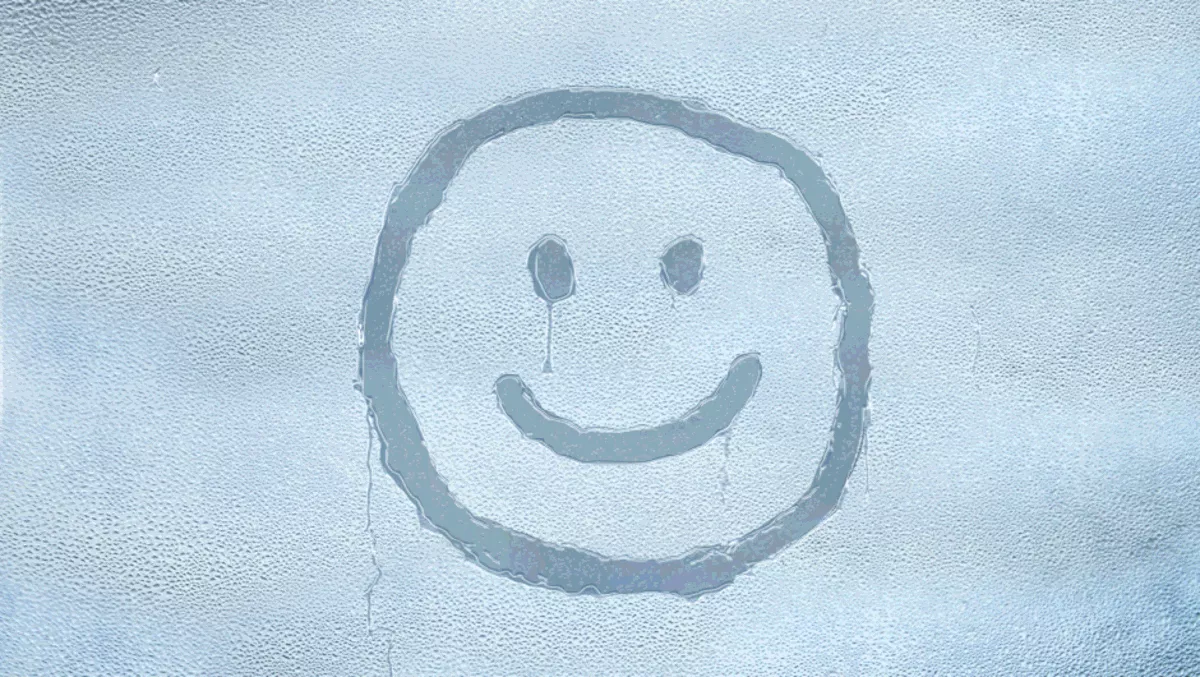
Tether: The Kiwi startup fighting back against cold, damp homes
New Zealand's houses are infamous for being damp, cold and poorly insulated – but what if residents could actually know exactly how healthy their home is (or isn't)"
That's the problem local startup Tether is on a mission to solve. Its home environmental monitoring system not aims to improve a home's liveability – it has also been tested by Housing New Zealand and Tamaki Regeneration.
"A landlord or the resident of the house can detect – via the central reporting dashboard – if there is rotting garbage in a house, overcrowding, dishes that have gone unwashed for a long period or even if the current residents are cooking methamphetamine on site," said Tether CEO, Brandon van Blerk.
"You can't enforce standards if you can't measure them. Now we can.
Tether AirQ is a low-cost, high-tech system comprises a low-powered sensor, app, and central reporting dashboards that measures a home's real-time environmental conditions 24/7.
The system was manufactured right here in New Zealand, and is already helping landlords minimise health risks to tenant families.
Those health risks can include asthma and rheumatic fever. New Zealand has some of the world's highest rates of cardiovascular and respiratory diseases because of the sub-standard living conditions, Tether claims.
The AirQ is able to detect mould, mildew, harmful volatile organic compounds and carbon dioxide, as well as a home's temperature, relative humidity, light and pressure.
It can also detect dew-point calculations, which is when water condensation forms on windows.
The system works even where there is no power, because it does not require WiFi or a cellular network. Tether AirQ is battery powered and reports via the low frequency, globally recognised radio signal, SigFox.
Housing New Zealand initially trialled the Tether AirQ system in its call centres and it was impressed with the results. It has commissioned a pilot programme for 550 sensors across 155 homes.
"Since then, we've have had interest from insurers like IAG and Crawford and Company. By detecting and mitigating the health and maintenance risks in a home – before they become a problem – insurers can prevent health and property issues, instead of providing the ambulance at the bottom of the cliff," Van Blerk says.
Tamaki Regeneration installed 30 units in its urban regeneration project this year.
"Mould and mildew are the new asbestos. But unlike asbestos, detecting the presence – or conditions that encourage growth – of mould and mildew is nearly impossible. The Tether AirQ changes that because it is a diagnostic device," van Blerk says.
Tether has attracted the interest of insurers and a number of other interested parties. The company plans to launch a capital raising venture to keep the company within the family for as long as possible.


